

Friday - Saturday - July 26-27 Overnight Trip Saturday - July 27 Trips Sunday - July 28 Trips Post-Conference Thursday - August 1 Trips
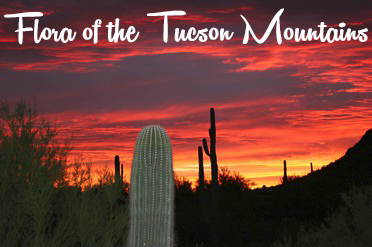
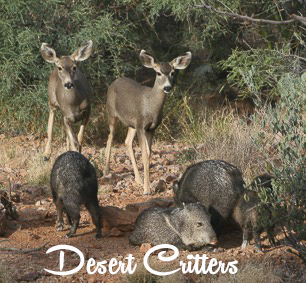
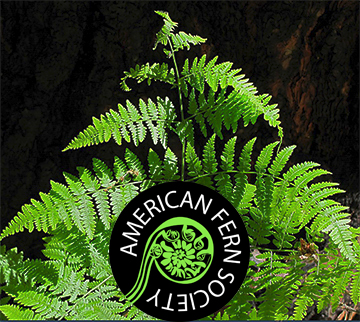
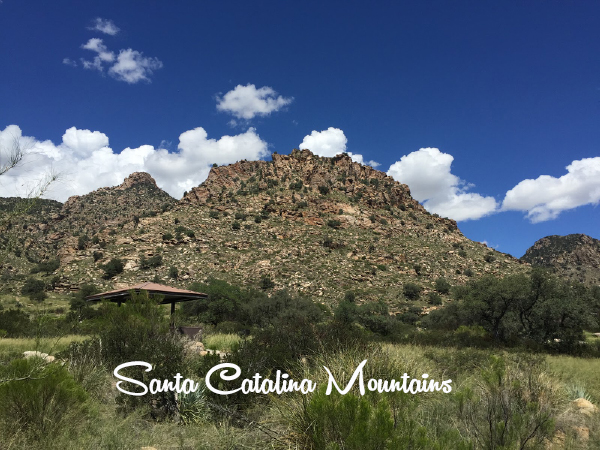
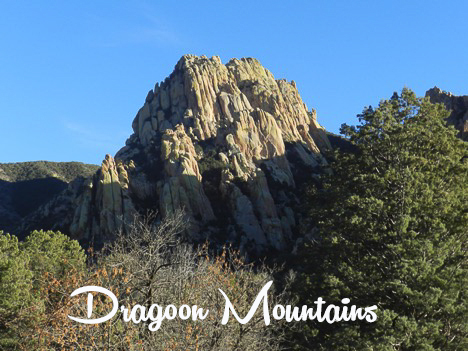
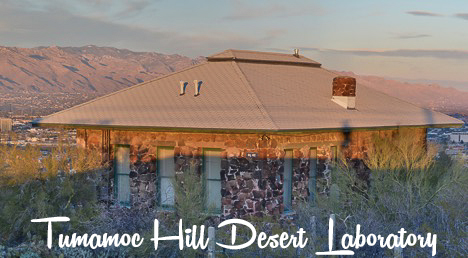
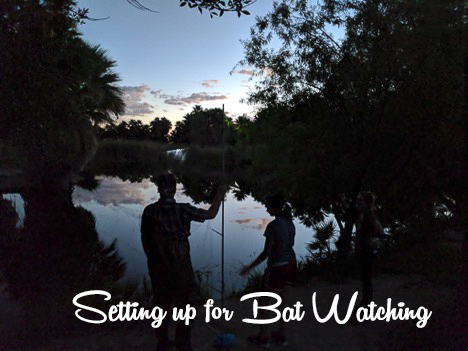
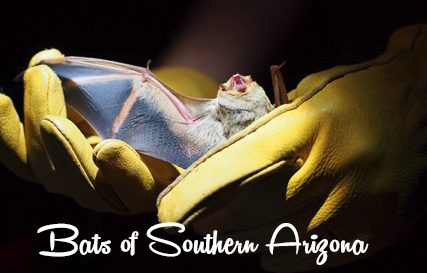
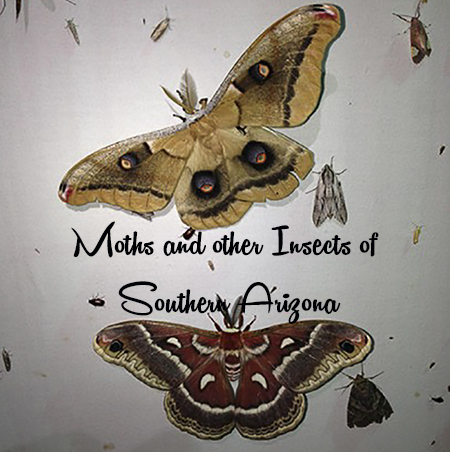
Saturday, July 27th
FULL Desert flora of the Tucson Mountains
7:00 am – 10:00 am
Cost: $60.00
The Tucson Mountains are located west of Tucson, Arizona. The flora of the mountain range includes 630 taxa in 332 genera and 80 families. The area we will be visiting is Sonoran Desert scrubland, defined by the columnar saguaro cactus. In this desert flora tour, we will be exploring 65.4 acres of desert land belongs to Martha Hawes. This natural area is surrounded on all sides by Tucson Mountain Park. It is the home of many local wildlife including bobcat, coyote, Gambel’s quail, and desert tortoise.
We recommend wearing sturdy shoes or boots, long pants (lots of spines and thorns and maybe a rattlesnake), wide-brimmed hat, sunscreen, and sunglasses. Bring a few liters of water. It will be hot.
Maximum Attendees: 20 people
Some collecting may be allowed with permission
Trip Leaders: Martha Hawes, Iris Rodden, and Sue Rutman
FULL Lycophytes and Ferns of the Catalina Mountains
8:00 am – 5:00 pm
Cost: $70.00
Ferns in the desert? That’s right! The Sonoran Desert region is home to many species of ferns and lycophytes, and we will encounter them as we transect the plant communities of the Tucson Mountains and the Catalina Mountains. After a quick visit to Gates Pass in the Tucson Mountains, we will ascend the Catalina Mountains. The Catalina Mountains are the closest Madrean Sky Island to Tucson and range in elevation from 914-2785m (3,000 -9,137 feet). At last count four lycophyte taxa and 47 fern taxa occur in the Catalina Mountains. We will make several stops along the 27-mile Mt. Lemmon Highway from the Sonoran Desert to subalpine forest, and we will find and observe a myriad of fern and lycophyte taxa. The early monsoon timing of this field trip should be worth it in itself. Hand lens necessary!
No Collecting
Maximum Attendees: 40 people
Trip Leaders: George Ferguson and Sue Carnahan
FULL Sky Island Plant Communities of the Santa Catalina Mountains
9:30 am – 5:00 pm
Cost: $70.00
Spanning the gap between the Mogollon Rim and Rocky Mountains to the north and the Sierra Madre Occidental to the south and straddling the divide between the Sonoran Desert to the west and Chihuahuan Desert to east, the sky island mountain ranges of southeastern Arizona, southwestern New Mexico, and northern Mexico house an amazing diversity of plant communities and species. The Santa Catalina Mountains, one such sky island range, rise nearly 6,500 feet from their base on the northeast side of Tucson to the summit of Mount Lemmon (named for 19th Century botanist Sara Lemmon) at 9,157 ft. We’ll explore diverse plant communities on this elevational gradient starting with Sonoran Desert scrub with giant saguaro cacti and palo verdes. Desert grasslands then grade into oak and Madrean evergreen woodlands, giving way to pine forest, Petran montane conifer forest, and even small stands of subalpine conifer forest. These diverse plant communities of the Santa Catalinas have over 1,300 species of vascular plants, which is almost a third of the number found across all of Arizona!
Special conditions: The primary concern is heat. The average high temperature in Tucson in late July is nearly 100 ºF. At the highest elevations of the Santa Catalinas temperatures are about 20 ºF cooler than in Tucson, so expect a high in the low to mid 80s F. By late July our monsoon season is usually well underway with a daily chance of thunderstorms and increased humidity, so rain gear is recommended. We’ll mostly be sticking to trails, but steep rocky slopes abound so participants should wear sturdy hiking shoes or boots. We won’t be doing much strenuous hiking, but participants should be aware that we will be gaining almost 6,500 feet in elevation from the base of the mountains to the summit at 9,157 ft.
Maximum attendees: 10 people
Trip Leaders: Joseph (Joey) Charboneau, University of Arizona, Jim Verrier
FULL West Cochise Stronghold, Dragoon Mountains
8:00 am – 6:00 pm
Cost $60.00
The Dragoon Mountains offer something for everyone: A diverse flora, spectacular geological formations, excellent birding, and other wildlife viewings, and a rich cultural heritage. The famous Chiricahua Apache Chief Cochise long used the Dragoon Stronghold, which bisects the mountains (from east to west) as his favorite and most secure refuge. In October 1872 Cochise surrendered to the U.S. Army at an area known as Council Rocks which is where we will begin our tour. Short hikes up the many side canyons reveal interesting plants, birds, stunning geology, and pictographs. From Council Rocks, we’ll make a number of driving stops along Forest Service Road 687 and eventually drive south until we reach the Middlemarch Road. We’ll end the trip by driving east on Middlemarch Road to observe the spectacular limestone formations occurring there and the special plants associated with them. We will return to Tucson via Highway 80 to Saint David and Benson.
Sturdy shoes, lunch, water, camera, binoculars, sunscreen, and hiking sticks.
Maximum Attendees: 10 people
Trip Leaders: Shelly McMahon, University of Arizona; Douglas Ripley, Arizona Native Plant Society
FULL Desert Laboratory on Tumamoc Hill
4:00 pm – 7:30 pm
Cost: $35.00
Experience where desert botany and ecology all began! Make the quick trip over to the Desert Laboratory on Tumamoc Hill for a behind the scenes tour. You will see the original 1903 Desert Lab buildings that house Tucson’s first greenhouse (recently renovated), the Lab’s Sonoran Plant garden, the library that houses a premier collection of works on the Sonoran Desert, and the University’s vertebrate paleontology collection, full of mammoth fossils from the San Pedro River basin. The labs’ long-term plots, the world’s longest continuously monitored vegetation plots, will be highlighted. You will also experience the stunning views from the top of Tumamoc Hill at sunset and learn about the site’s remarkable archaeology. Don’t miss a chance to see Tucson and the Sonoran Desert as never before. Light hors-d'oeuvres will be served, with the return to the resort in time for a late dinner.
Maximum Attendees: 25
Trip Leader: Dr. Ben Wilder
CANCELED Bats of Southern Arizona
6:30 pm – 10:00 pm
Cost: $35.00
Southern Arizona has some of the most spectacular bat diversity of the entire United States. There are a high number of insectivorous bats as well as a few species that consume nectar and are important plant pollinators. For this trip, we will be setting up a few mist nets over water to catch bats that are flying down to get a drink. Bats will be removed by me and shown to the attendees. Agua Caliente Park has one of the larger sources of water in the Tucson metropolitan area and attracts a lot of insects (and bats). We could potentially catch anywhere from 2-10 species of bats, many of which only occur only in the southwest. The walk from the parking lot to the netting site takes approximately 2 minutes on pavement so anyone should be able to do this trip.
This is at a public park with flushing toilets and a very short walk from the parking lot to the bat catching site. There is a possibility of high heat but is usually not too bad once the sun goes down. If it looks like there will be thunderstorms in the evening that night the trip will have to be cancelled. Bring water!
Maximum Attendees: 20
Attendees will not be handling bats and do not need rabies shots to view bats up close.
Trip Leaders: Brendan Larsen, University of Arizona
FULL Lighting for Moths and Other Insects of Southern Arizona
7:00 pm-midnight
Cost: $80.00
Southern Arizona has the highest moth diversity in the US, with over 4000 species, many of which are rather showy. Insect collectors come from around the world to visit the Pena Blanca location during the summer. For this trip, we will be setting up black lights to attract moths and many other interesting insects. We could potentially see hundreds of insect species, many of them are endemic to southern Arizona and northern Mexico. Our trip will be leaving at 7:00 pm and finish at midnight.
Special conditions: Flashlight, rain gear (there is a good chance of getting rained on), snack, and water. You will pass through a border patrol checkpoint on your return from the trip, so non-US visitors should bring their passport and visa.
Maximum Attendees: 10 People
Trip Leaders: Bruce Walsh, Dept of EEB, BSW, University of Arizona